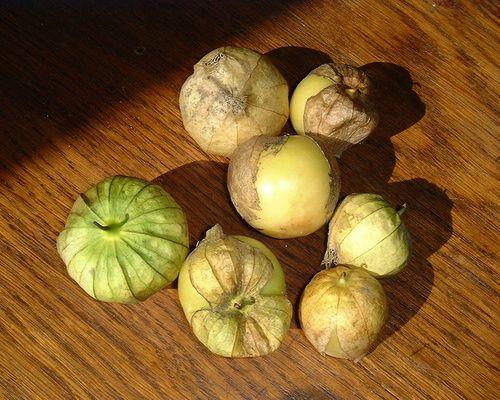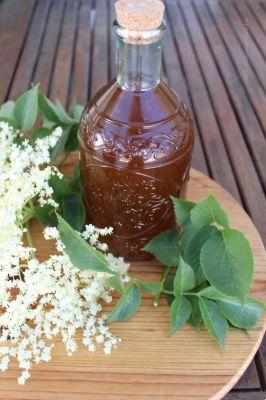Il tomatillo, fruit native to America, similar to green tomatoes, is low in calories but richer in fats and proteins than tomatoes. From the elevated antioxidant power, it is useful for eyesight, heart and skin. Let's find out better.
> Calories, nutritional calories and properties of the tomatillo
> Contraindications of the tomatillo

Description of the fruit
There are not a few solanacee considered rare or exotic in our common markets where in general they have little to offer in addition to aubergines, tomatoes, potatoes, peppers and chillies. In America there are still little-known “cousins” of these most famous plants, among which we have the tomatillo, perhaps not easily available but not too difficult to plant at home and enjoy once ripe.
Physalis philadelphica is a plant not unlike a small tomato and its fruits resemble green cherry tomatoes (sometimes spotted with white or the dark purple of aubergines) covered with a goblet-shaped bellflower just like the alchechengi, of which it is however larger. The fruit has a much less juicy pulp than the tomato, and a milky white color. The flavor is decidedly sour.
Tomatillo, ally of
Sight, skin, heart, circulation, oral cavity.
Calories, nutritional values and properties of the tomatillo
Tomatillo contains 32 kcal per 100 g.
In addition, 100 g of product contain:
- 1 g fat
- Cholesterol 0 g
- Sodium 1 mg
- Potassium 268 mg
- G carbohydrates 6
- Fiber 1.9 g
- Sugar 3.9 g
- 1 g protein
The tomatillo is a fruit low in calories but richer in fats and proteins than tomatoes. Differ from the tomato for still the absence of lycopene and the richness of other types of secondary metabolites, generally powerful antioxidants such as withanolides, some of which have demonstrated antitumor (especially for oral cancers) and antibacterial properties.
It is also worth mentioning the presence of dietary fiber, vitamins A, C, E and B2, flavonoids (zea-xanthine, lutein, etc.) ideal for maintaining and encouraging vision and skin health in combined action together with beta-carotene.
Coming to the composition of the spectrum of trace elements we have potassium, copper, iron, phosphorus and manganese. A high presence of potassium combined with an almost total absence of sodium makes it the ideal fruit to help the heart and the circulatory system.
The tomatillo among the natural remedies for heart health

Controindicazioni
We must always pay attention when we decide to eat fruits of plants belonging to solanaceae: they can contain secondary metabolites and various toxins (primarily solanine) that they can induce allergic reactions in predisposed subjects.
So pay attention to symptoms of irritation to the skin, lips, eyes, respiratory tract. Signs of allergen poisoning can also lead to vomiting, diarrhea, dizziness, pain.
Curiosity
Originally peoples of Aztec stock they used the same word to identify both tomatoes and tomatillos: tomate, meaning "big and rich in water".
How to eat tomatillo
First of all, avoid buying specimens that are too purple or yellow, signs of an excessive degree of ripeness. The fruit is commonly produced in Latin America and imported to North America; much more difficult in Europe. In any case, it is better preserved by uprooting the leaves of the calyx e keeping it in the fridge.
We mentioned the possibility of growing it in our gardens. The mature tomatillo has a very acid taste and for this reason it is generally used for sweet and sour sauces such as those of Mexican cuisine, the famous “mole”, thanks also to the considerable contents of pectin. The raw fruit, which may seem too difficult to eat alone, goes very well if chopped and added to fresh salads.
READ MORE
Properties, benefits and contraindications of Longan
| Wikipedia

























